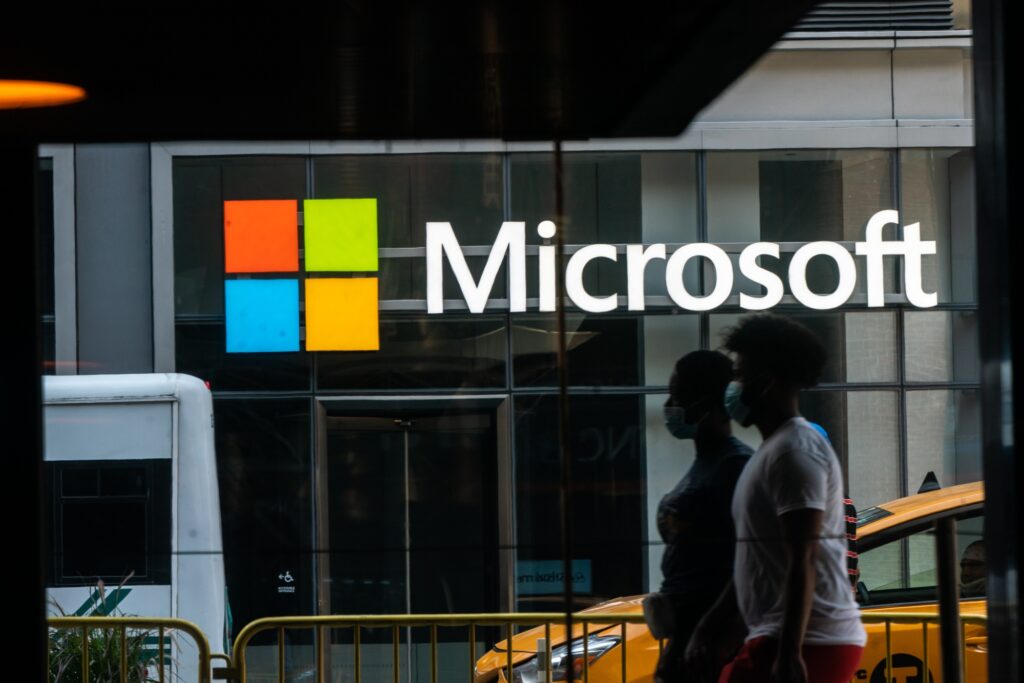Microsoft today shared subtleties on how the SolarWinds programmers had the option to stay undetected by concealing their vindictive action inside the networks of breached companies.
This already obscure data was uncovered by security specialists part of the Microsoft 365 Defender Research Team, Microsoft Threat Intelligence Center (MSTIC), and Microsoft Cyber Defense Operations Center (CDOC).
The report they distributed recently shares new insights about the Solorigate second-stage activation — the means and tools used to send custom Cobalt Strike loaders (Teardrop, Raindrop, and others) subsequent to dropping the Solorigate (Sunburst) DLL indirect access.
SolarWinds programmers’ evasion tactics
As Microsoft’s security specialists found, the hackers who coordinated the SolarWinds assault exhibited a scope of strategies, operational security, against legal conduct that radically diminished the penetrated associations’ capacity to distinguish their vindictive activities.
“[T]he attackers behind Solorigate are skillful and methodic operators who follow operations security (OpSec) best practices to minimize traces, stay under the radar, and avoid detection,” Microsoft reveals.
“During our in-depth analysis of the attacker’s tactics, techniques, and procedures (TTPs) seen through the lens of Microsoft 365 Defender’s rich telemetry, we observed a few techniques that are worth disclosing to help other defenders better respond to this incident and use hunting tools like Microsoft 365 Defender advanced hunting or Azure Sentinel queries to search for potential traces of past activity.”
A few instances of SolarWinds programmers’ avoidance strategies as found and featured by Microsoft:
Methodic evasion of shared markers for each undermined have by sending custom Cobalt Strike DLL inserts on each machine
Camouflage and blending into the climate by renaming devices and pairs to coordinate records and projects on the undermined gadget
Disabling occasion logging utilizing AUDITPOL before involved console movement and empowering back afterward
Making firewall rules to limit active parcels for specific conventions prior to running loud organize specification exercises (eliminated after these tasks were finished)
Cautiously arranging horizontal development exercises by first handicapping security benefits on focused hosts
Likewise accepted to have utilized timestomping to change ancient rarities’ timestamps and utilized cleaning strategies and devices to frustrate noxious DLL inserts revelation in influenced conditions.
Also, Microsoft gives a rundown of the most interesting and uncommon strategies, methods, and techniques (TTPs) utilized in these assaults.
The company additionally said that it’s “actively working with MITRE to make sure that any novel technique emerging from this incident is documented in future updates of the ATT&CK framework.”
Supply-chain attack timeline
An itemized course of events of these assaults shows that the Solorigate DLL indirect access was sent in February and conveyed in undermined networks during late-March (SolarWinds likewise gave an assault timetable diagram recently).
After this stage, the danger entertainer arranged the custom Cobalt Strike embeds and chose focuses of interest until early-May when the involved assaults undoubtedly began.
“The removal of the backdoor-generation function and the compromised code from SolarWinds binaries in June could indicate that, by this time, the attackers had reached a sufficient number of interesting targets, and their objective shifted from deployment and activation of the backdoor (Stage 1) to being operational on selected victim networks, continuing the attack with hands-on-keyboard activity using the Cobalt Strike implants (Stage 2),” Microsoft adds.
Microsoft uncovered these new subtleties during their progressing investigation of the SolarWinds supply-chain attack orchestrated by the danger entertainer followed as StellarParticle (CrowdStrike), UNC2452 (FireEye), SolarStorm (Palo Alto Unit 42), and Dark Halo (Volexity).
While the danger entertainer’s personality stays obscure, a joint explanation gave by the FBI, CISA, ODNI, and the NSA recently says that it is likely a Russian-upheld Advanced Persistent Threat (APT) group.
Kaspersky additionally made an association between the SolarWinds programmers and the Russian Turla hacking bunch subsequent to finding that the Sunburst indirect access has highlight covers with the Kazuar backdoor tentatively linked to Turla.
Disclaimer: The views, suggestions, and opinions expressed here are the sole responsibility of the experts. No Miami Times Now journalist was involved in the writing and production of this article.


